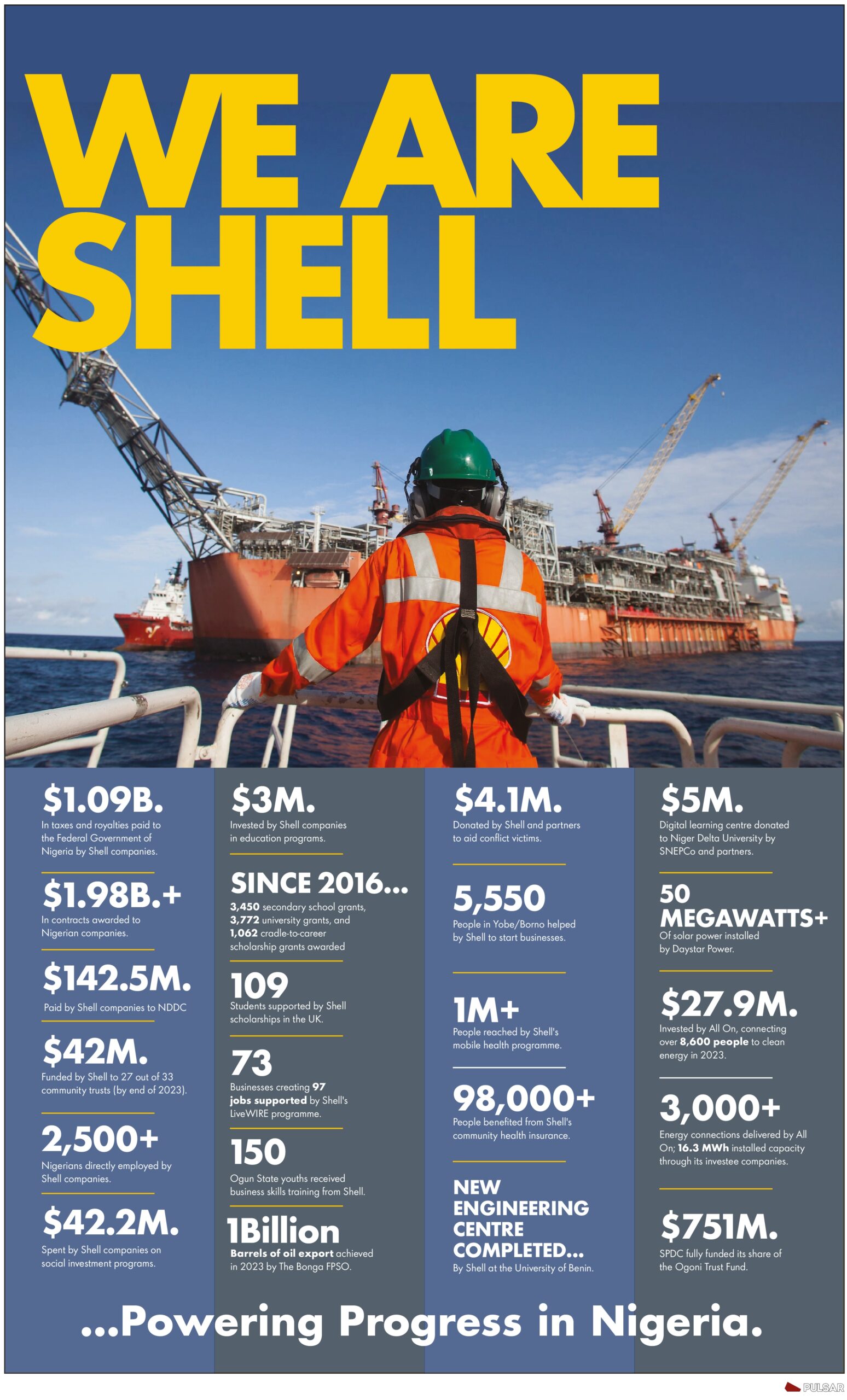Olusola Bello with agency report
The major jump recorded in the production level of Iran in the month of April was responsible for OPEC’s crude oil production increase, estimated to in the region of a three-month high of 24.96 million barrels per day (bpd), according to the latest survey by Argus
Other surveys of analysts and ship-tracking data also suggest that OPEC either boosted or maintained its crude oil production flat last month, ahead of the planned increase of 600,000 bpd from the OPEC+ coalition in May.
OPEC will announce official data on the cartel’s production in its Monthly Oil Market Report (MOMR) today, Tuesday, May 11.
According to the Argus survey, OPEC boosted its crude oil production by 70,000 bpd in April, primarily due to an 80,000-bpd increase in Iran’s oil production which rose to a nearly two-year high. Iran, exempted from the OPEC+ cuts, is estimated to have pumped 2.35 million bpd in April, overtaking Kuwait as OPEC’s fourth-largest producer and posting its highest production since May 2019.
Before the U.S. sanctions from 2018, Iran was OPEC’s third-biggest producer behind Saudi Arabia and Iraq.
The monthly Reuters survey also found that OPEC likely raised its oil production in April, driven by another supply increase from Iran. Iran raised its oil production by as much as 200,000 bpd in April compared to March to reach an output of 2.5 million bpd, the Reuters survey showed.
Iran ramped up its output by 60,000 bpd to 2.41 million bpd in April, as per the Bloomberg survey of ship-tracking data, estimates from consultancies, and information from officials. According to the Bloomberg survey, a large drop in Libyan supply because of a wage dispute at an oil terminal offset the Iranian increase in production.
Iran is estimated to have not only raised its production, but also its oil exports in recent months despite the U.S. sanctions on Iranian crude exports. Independent refiners in the world’s top oil importer, China, are said to be buying most of Iran’s oil that circumvents the American sanctions.
The Islamic Republic is raising its production as the talks about bringing the United States and Iran back into the so-called Iran nuclear deal have intensified and made some progress in recent weeks
Meanwhile crude oil markets get hammered
as the West Texas Intermediate Crude Oil market fell rather hard during the trading session on Monday, as traders continue to focus on rising coronavirus figures, and of course the fact that the end-user demand numbers for distillates and gasoline continue to disappoint. Because of this, I think that the markets will continue to be very volatile, but when you look at the longer-term picture, we are still very much in an ascending triangle that has yet to be violated. We are also in an uptrend, so that something that you should not be ignoring either.
Brent markets also were very volatile during the session and continue to pay close attention to the $70 level. The $70 level of course is an area that will attract a lot of attention as it was massively resistive in the past, and of course is a large, round, psychologically significant figure. With that in mind, I think that it will take a certain amount of momentum and effort to break above there, but once we do it should be a very bullish sign. Once we get that breakout, the market is likely to go looking towards the $72.50 level, and then possibly the $75 level after that. All things being equal, this is a market that I have no interest in shorting, unless of course we were to suddenly break down below the 50 day EMA, which is near the $65 handle. If we did break down below there, then it is likely that the market could go down towards the 200 day EMA which is currently sitting at the $56.13 level.

